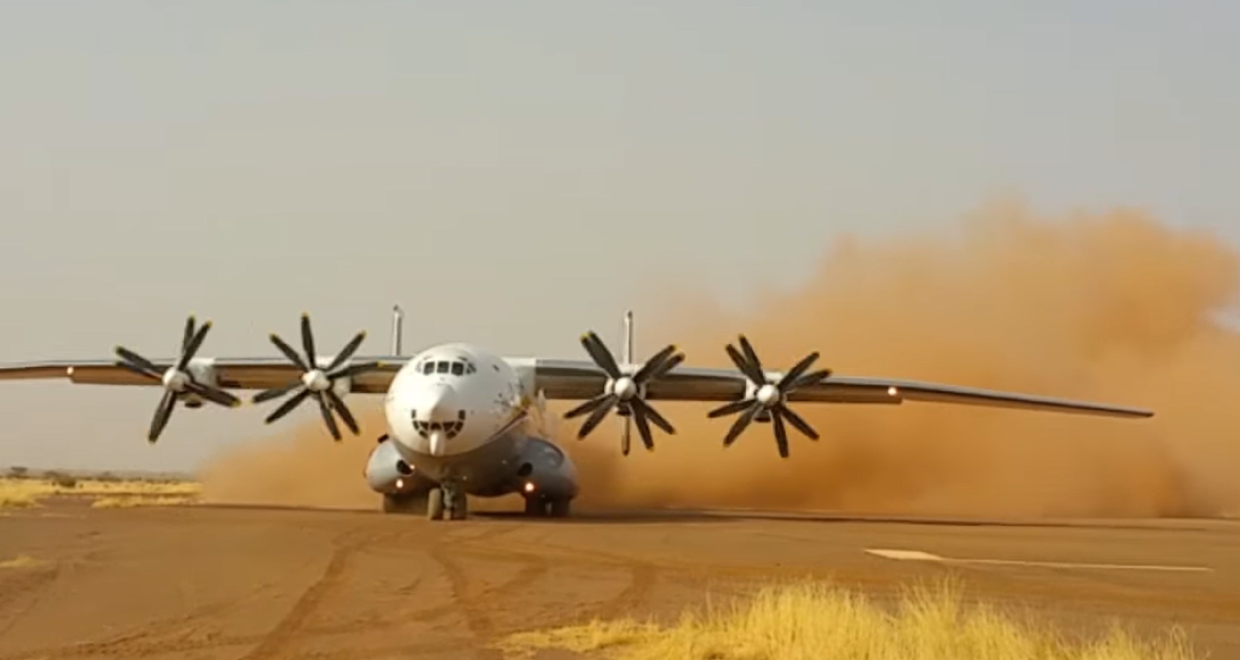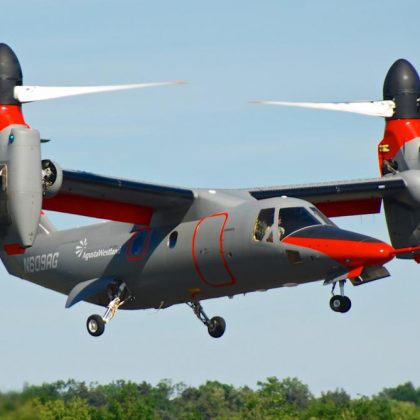Historical Development of the Coaxial Contra-Rotating Propeller
The Aeronautical Journal May 2023 Vol 127 No 1311
The contra-rotating propeller (CRP) is one of the most fascinating propulsion systems in aviation. In one form or another it has been around for over 100 years. Why would anyone want to use contra-rotating propellers?
In the 1930s, the CRP was proposed to increase flight speed; in the 1940s to increase roll stability in high-power manoeuvres and short take-offs; in the 1950s to increase range by virtue of better propulsive efficiency; in the 1960s nobody cared — it was the age of the gas turbine engine. Eventually, the CRP came back to life in the 1980s to reduce fuel consumption, and in the 1990s to reduce noise when it was concluded that propulsive efficiency alone was not selling. In the 2020s, we are told by the aviation industry we are not there yet. Acoustics has been in fact the main focus of the development in the past 30 years. Various embodiments are available, namely: contra-rotating, counter-rotating, co-axial, tandem, open rotors, prop-fans, collectively named contra-rotating propellers.
Their common feature is that two closely spaced propellers rotate in the opposite direction around the same axis, to increase net thrust, torque delivery and propulsion efficiency at higher speed than a single propeller. There can be substantial differences in the mechanical assembly, the engine architecture, the drive train, and the governor systems.
Five technology periods are proposed: pioneer airplanes (before 1940), golden years (1940-1950), Western airplanes (1950s onwards), Soviet-Russian airplanes (1950s onwards), and modern developments (1980s onwards). This review only considers concepts that have been applied to real aircraft, prototypes that are known to have been flight tested (about 70 vehicles), or representative laboratory models (modern open rotors). Of these remarkable examples, 15 types saw operational service; about 12 flying test beds are known; at least 5 aircraft served in military zones. Only one aircraft provided regular passenger service: the Tupolev Tu-114 Rossiya.
Selected experimental aircraft and laboratory concepts are mentioned, where these appear to advance the state-of-the-art. During this long history, power plants evolved from internal combustion engines to the modern gas turbine engines requiring new solutions, such as open-rotor configurations with fore and aft-mounted prop-rotors, geared and direct-drive. We briefly mention some extraordinary examples of engineering from the British engine research of the 1950s (Armstrong-Siddeley, Bristol, Fairey, Napier, Rolls-Royce), a period that saw a rapid shift in propulsion concepts and the final demise of the combustion engines. We also discuss examples of unique test beds in the USA (Convair, Douglas, North American, Northrop, Lockheed) and the massive Soviet projects around the Kuznetsov turboshaft engines (mostly Antonov and Tupolev airplanes).
This contribution identifies trends, successful ideas, errors of judgement, and finally assesses whether the contra-rotating propeller is still the future of aeronautical propulsion. Considerable sums have been invested on this technology.
It is concluded that propulsive efficiency can only be achieved at a cost of several engineering problems, some of which remain unsolved to this day. We demonstrate that contra-rotating propellers – elegant in principle – are fraught with several technological difficulties and unproven benefits that have limited their use to relatively few airplanes, mostly military, or experimental test beds — with a few exceptions (Antonov An-22a in the photo). Drawbacks that have been identified include mechanical complexity, manufacturing costs, weight increase, vibrations, whirl flutter, noise, and certification issues around safety. These include icing, bird ingestion and blade-out events.
Historical development of the coaxial contra-rotating propeller, Filippone, A. (2023).
This open access paper appears in Volume 127 – Issue 1311 – May 2023 of The Aeronautical Journal.
The Royal Aeronautical Society is the world’s only professional body dedicated to the entire aerospace community. Established in 1866 to further the art, science and engineering of aeronautics, the Society has been at the forefront of developments ever since.
www.aerosociety.com | National Aerospace Library catalogue & e-books
Book reviews covering academic, scientific and technical books covering aeronautical engineering and topics relating to it can be found here. www.aerosociety.com/news-expertise/national-aerospace-library/book-reviews






